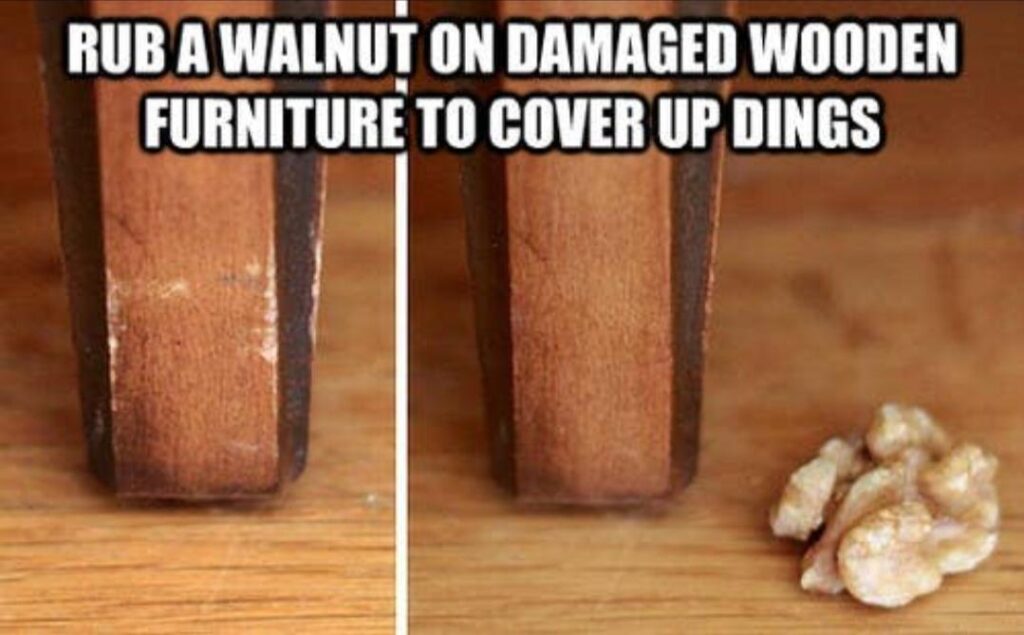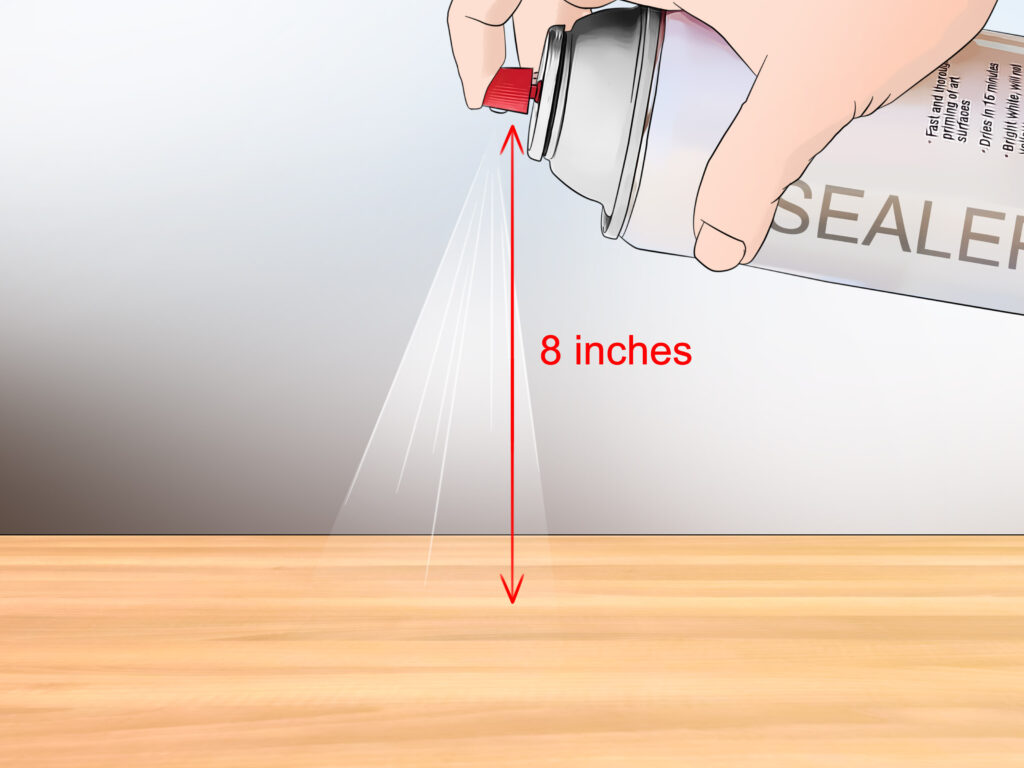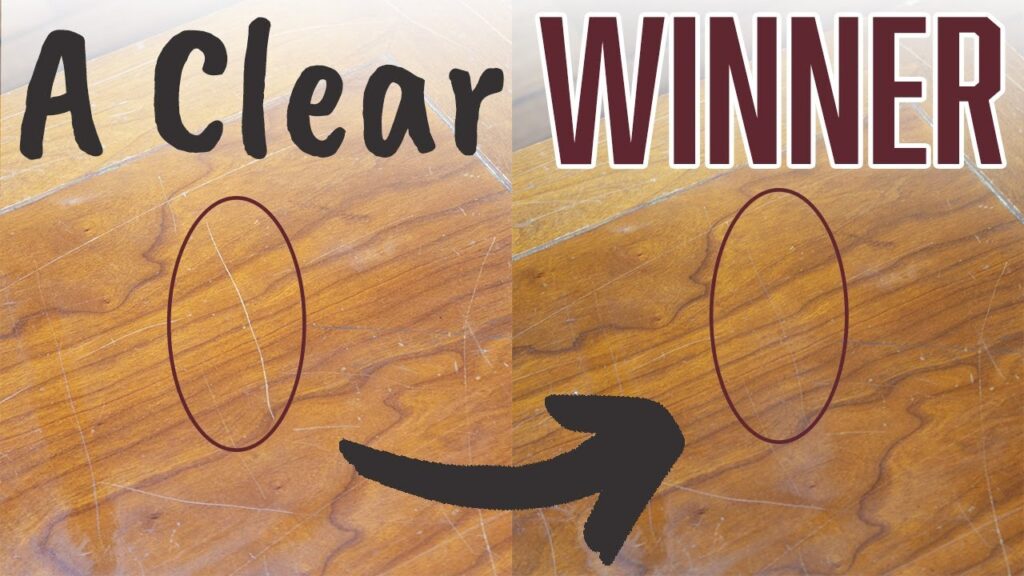Wooden furniture can last for generations—unless, of course, those unsightly scratches start to take over. It’s a common problem: one minute your table’s surface is pristine, the next, a misplaced key or an energetic pet leaves its mark. But don’t worry. Restoring the beauty of wood isn’t nearly as daunting as it sounds. Here’s how you can deal with scratches and keep your favorite pieces looking their best.
Why Do Scratches Happen?
Before jumping into fixes, it helps to know why scratches appear so easily on wood. In most homes, wood furniture sees a lot of action—think shifting plates, sliding cups, or the occasional dropped object. Some finishes are more resilient than others, but even the toughest varnishes can’t always hold up against daily life. Understanding the cause won’t erase the scratch, but it can help you prevent future mishaps.
Quick Solutions for Light Scratches
Everyday Items That Work Wonders
For those faint, shallow marks, you don’t always need fancy products. In fact, some of the best fixes might be hiding in your kitchen.
The Walnut Trick

It may sound odd, but rubbing a shelled walnut over a small scratch often helps disguise it. The natural oils in the nut darken the wood, making the scratch much less noticeable. Afterward, buff gently with a soft cloth.
Olive Oil and Vinegar Blend
Another homemade remedy: mix equal parts olive oil and vinegar. Dip a soft cloth into the solution, rub it gently over the scratch, and watch as the wood soaks up the moisture, subtly blending the mark with its surroundings.
Handling Deeper Scratches
Of course, some damage goes beyond what a walnut or oil blend can fix. Deeper gouges or exposed raw wood need a bit more care.
Wood Fillers and Touch-Up Pens
Using Wood Filler

If the scratch feels like a canyon, opt for a store-bought wood filler. Pick a shade that matches your furniture, apply it according to the instructions, and sand it lightly once dry. Don’t forget to finish with a matching stain or polish for a seamless look.
Touch-Up Markers
For medium-depth scratches, wood-colored touch-up pens are a lifesaver. A quick swipe, and most marks blend right into the grain—no one’s the wiser.
Preventing Future Scratches
Honestly, prevention is always easier than repair. Use coasters, avoid dragging heavy objects, and consider applying protective pads under decor items. Regular dusting and occasional polishing also help maintain the finish, making scratches less likely to form in the first place.
When to Call a Professional
Not every scratch can be fixed at home, especially if your furniture is an antique or has sentimental value. If you’re hesitant about tackling a deep gouge or an intricate finish, there’s no shame in reaching out to a pro. Sometimes, expertise and the right tools make all the difference.
Conclusion
In the end, repairing scratches on wooden furniture isn’t rocket science. With a handful of household items and a bit of patience, you can restore most blemishes and keep your cherished pieces looking great. And if all else fails—well, there’s always a decorative runner or carefully placed vase to cover things up until you’re ready to tackle the job!

